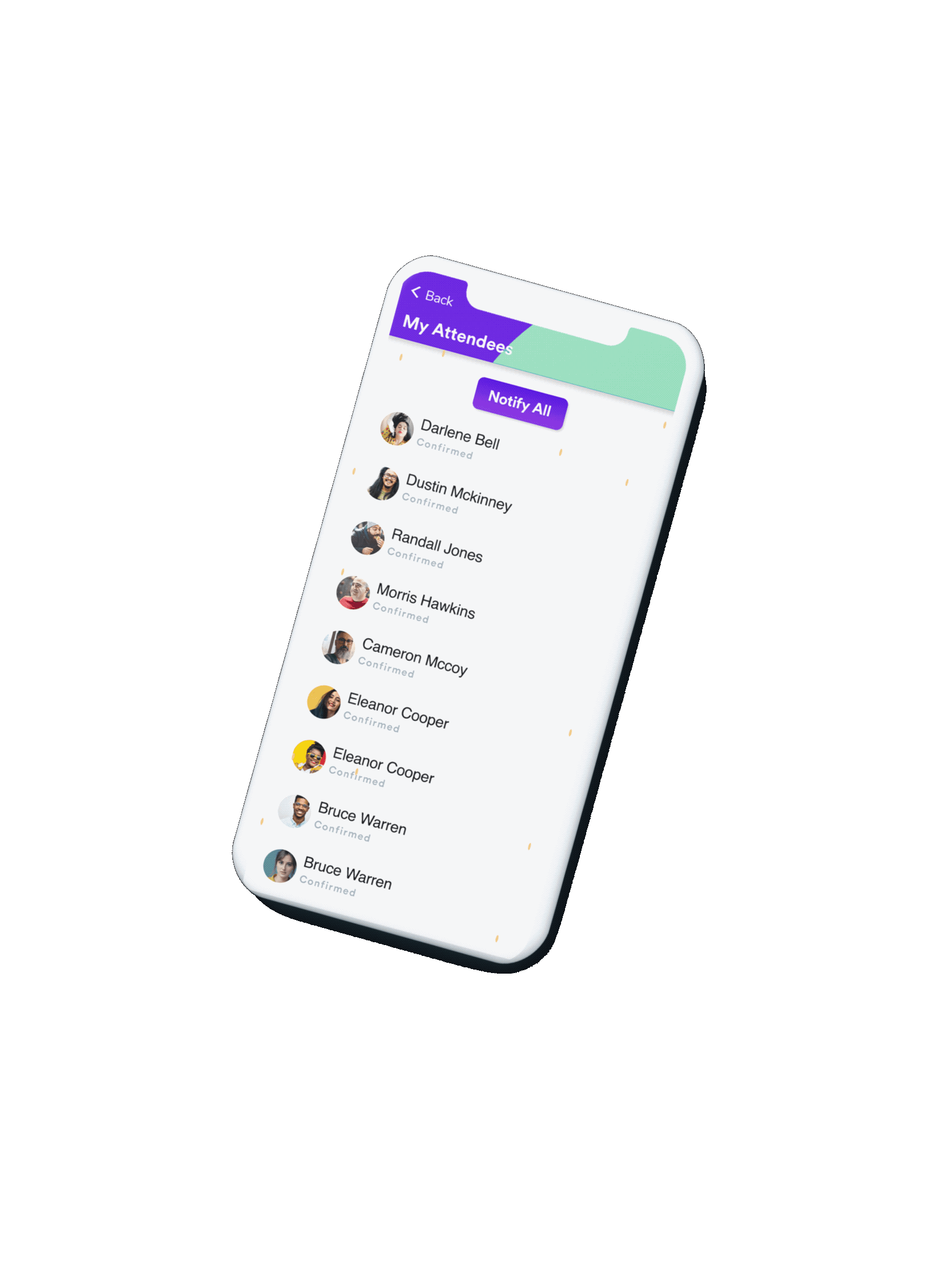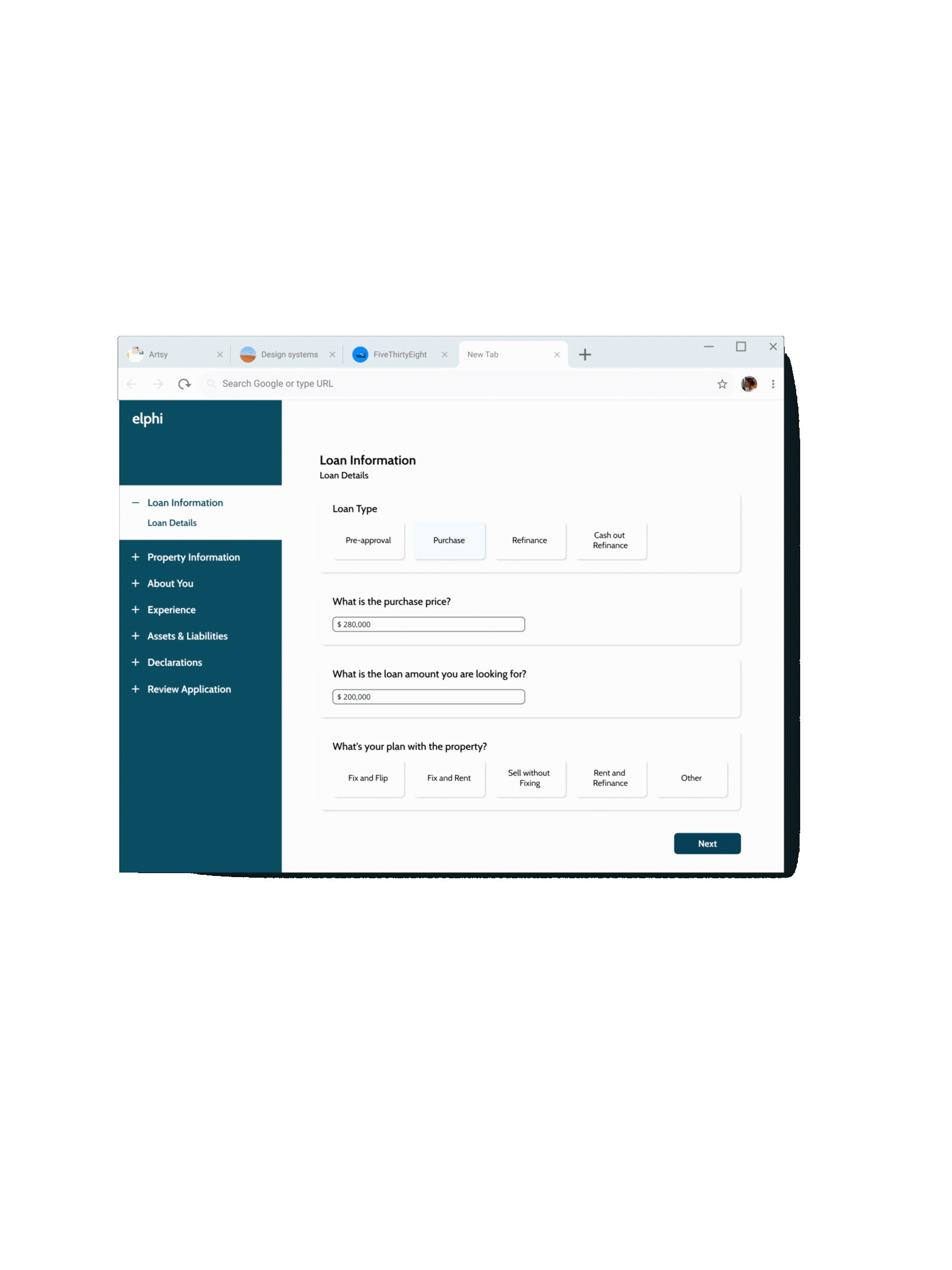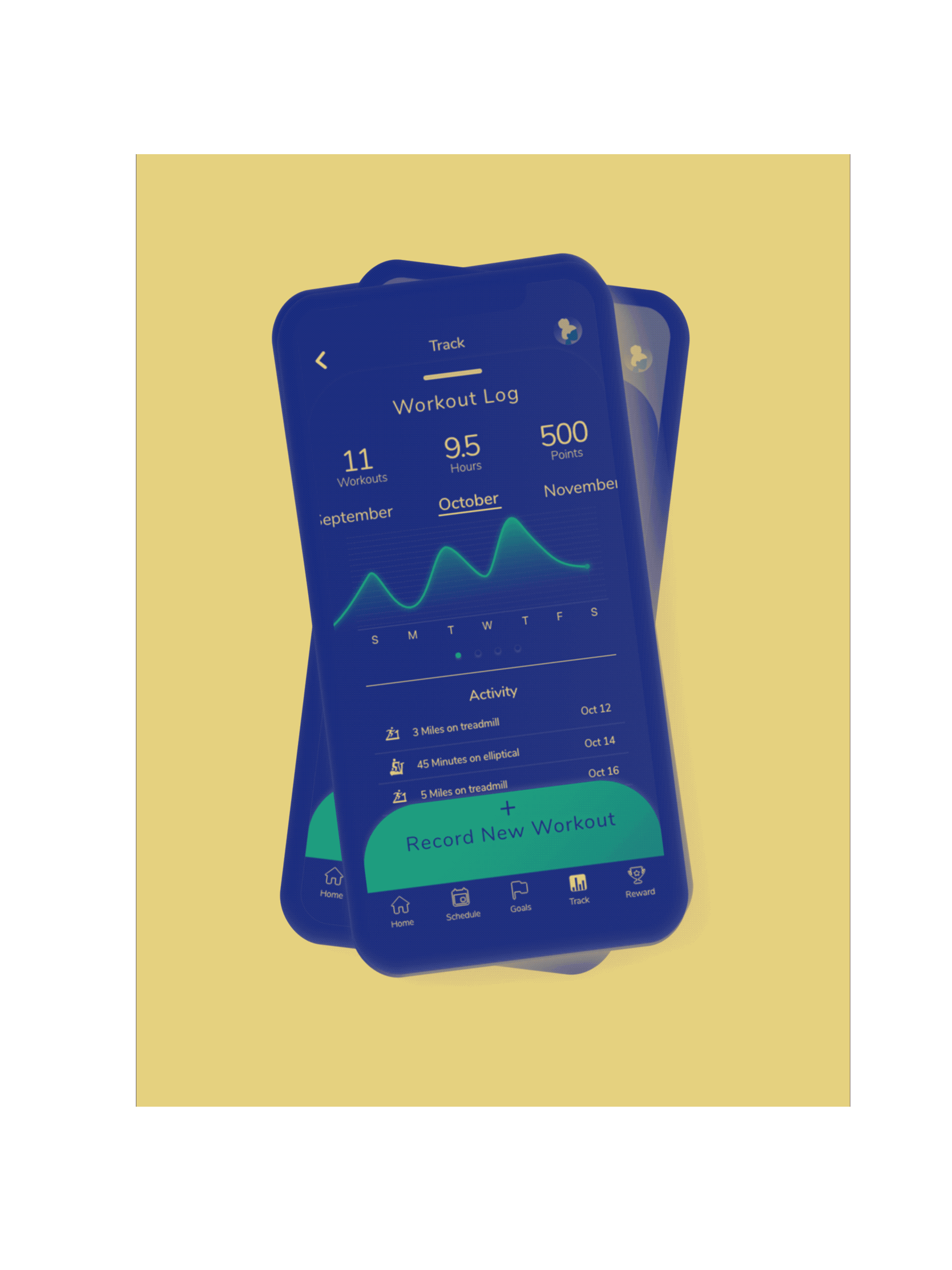Overview
BRIEF
Design a digital solution to help YMCA members make the most of their memberships and reap the well-documented benefits of pursuing physical activity
CLIENT | USERS
The YMCA | YMCA Members
ROLE
User Experience Designer:
User Research, Wireframing, Prototyping, Testing, and UI
TEAM | UX: 4 Product Designers
UI Design: Self
TIME | 6 Weeks
TOOLS | Sketch, Invision, Figma, Miro, Adobe XD
The Challenge
The Problem
Half a million New Yorkers have memberships at the YMCA. Most people need help building an effective and achievable fitness plan; belonging to a fitness center and meeting physical fitness goals do not go hand-in-hand. Our client, the YMCA, needed our help building a product that would motivate their members to make use of the physical fitness resources they offer.
Our Solution
Create a digital platform that would motivate members to improve their personal fitness while making use of the offerings and opportunities at their local YMCA.
Research
Understanding our Audience
Recognizing we did not possess the intrinsic knowledge to motivate individuals to adopt positive fitness practices, we followed a user-centered discovery process to conduct exploratory research.
We performed:
- Contextual Inquiries
- User & SME Interviews
- Competitive Analysis
- Affinity Diagramming
We Produced:
- Customer Journey Maps
- User Personas
- Context Scenarios
- Task Flows/App Map
We Prioritized:
- Key user pain points
- Personal fitness hindrances
- Fitness motivations
- User frustrations at the YMCA
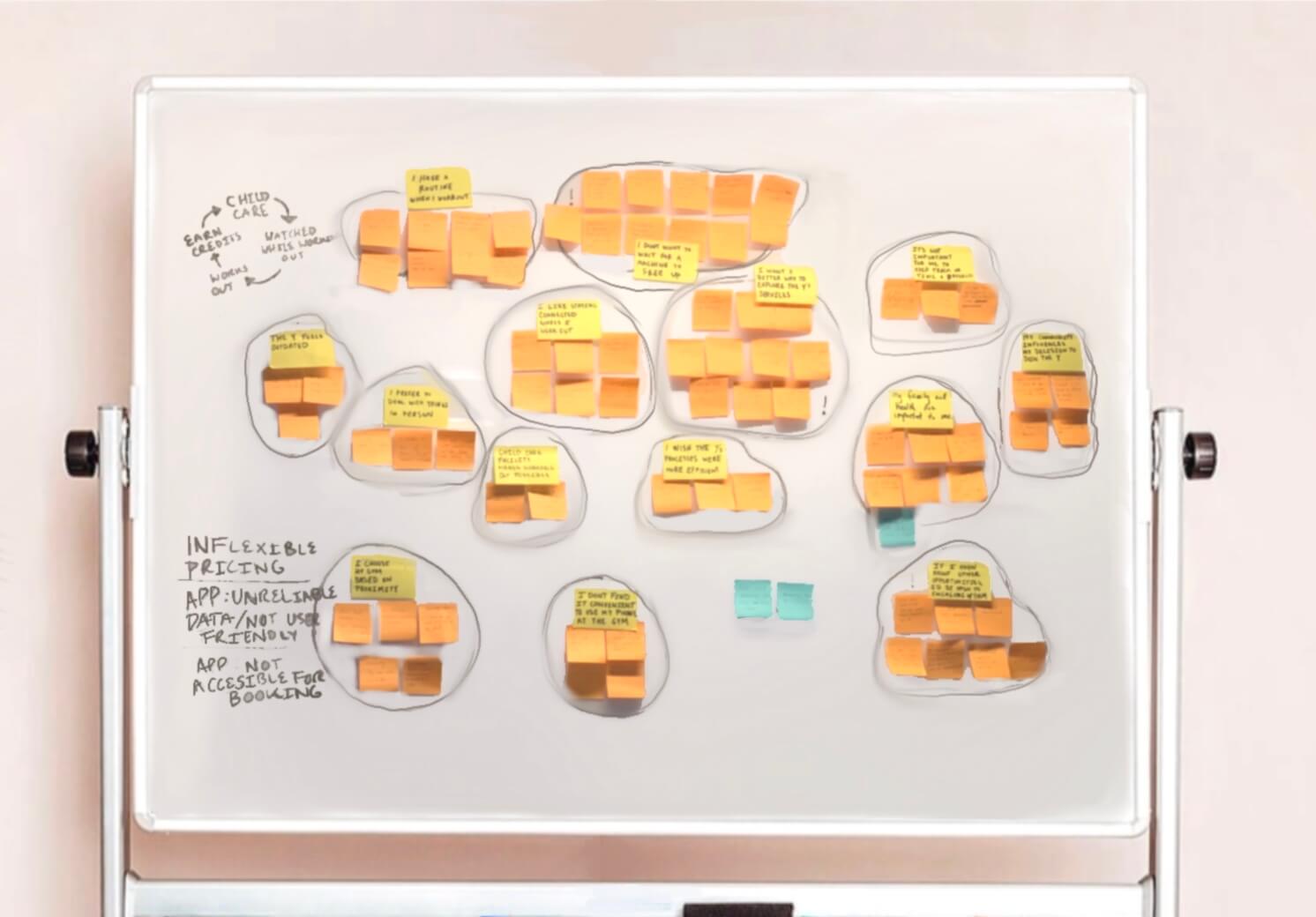
Team Affinity Diagram
Findings: Key User Frustrations
1. Users generally lack consistency. Motivation is a fleeting resource that halts regularity at their local fitness center.
2. Users need to inquire about offerings and local YMCA information in person because there is not a reliable online resource to do so.
3. Additional fees are required for some YMCA services.

Narrowing The Scope
We then developed our new problem statement before diving into key concepts that would eradicate the key problems.
In order to build an enticing platform that health-conscious members want to use, we first must address their lack of motivation. The YMCA gym members want to feel rewarded for accomplishing their fitness goals. The current digital platform is inefficient and offers no sense of reward. YMCA members who need a boost of motivation to accomplish their goals need a solution that incentivizes and encourages their progress.
Business Goal: Increase member engagement in the YMCA’s additional and under-utilized services.
Ideation
After ruminating on some design directions, I sketched out important screens, and used Invision to build a clickable paper prototype. We performed formative testing to assess the viability of our designs.
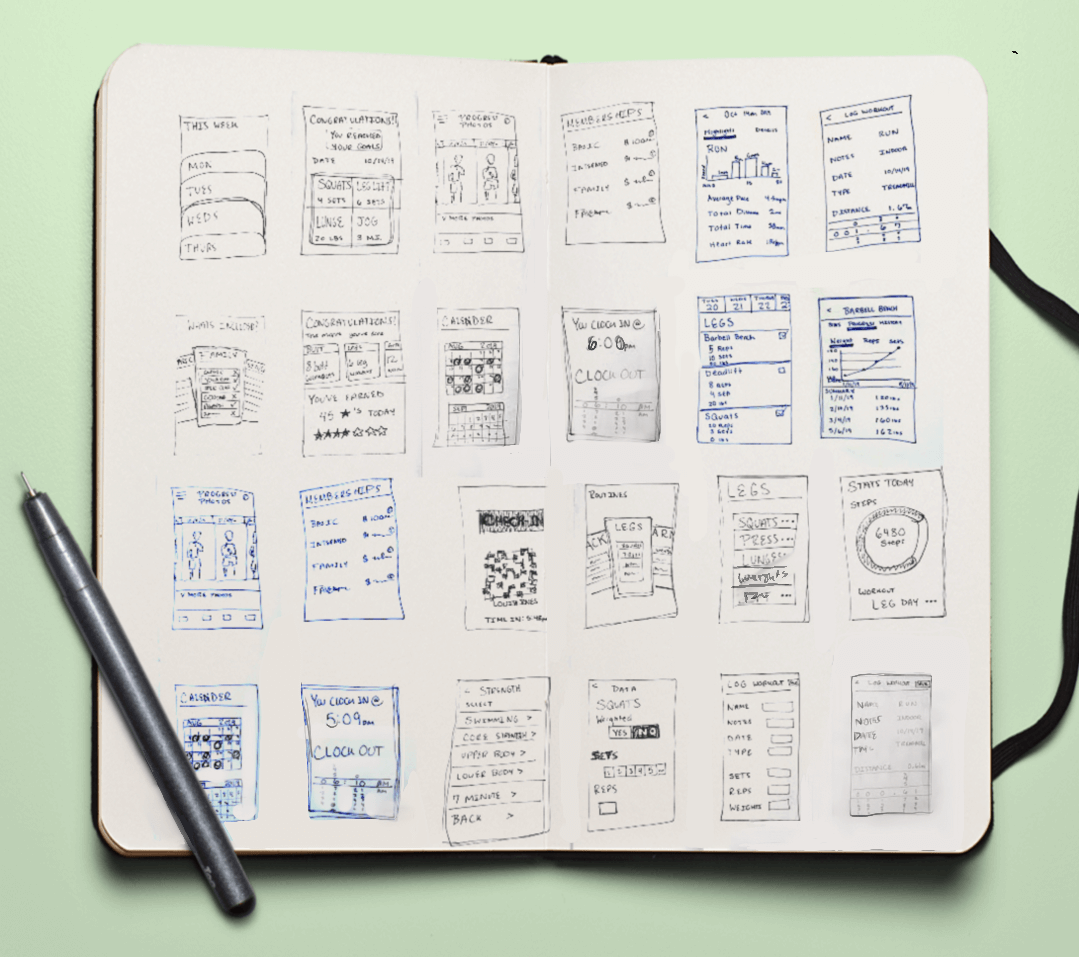














Our research highlighted that it is important for users to have a streamlined way to book classes, check-in, and stay informed about their facility’s offerings and class schedules. Members did not make use of the paper fitness trackers offered by the YMCA, so we needed to build them a better way to track progress and stay motivated. Based on these key findings, we developed key concepts to eradicate user frustrations.
Divergent Concepts
1. Reward System
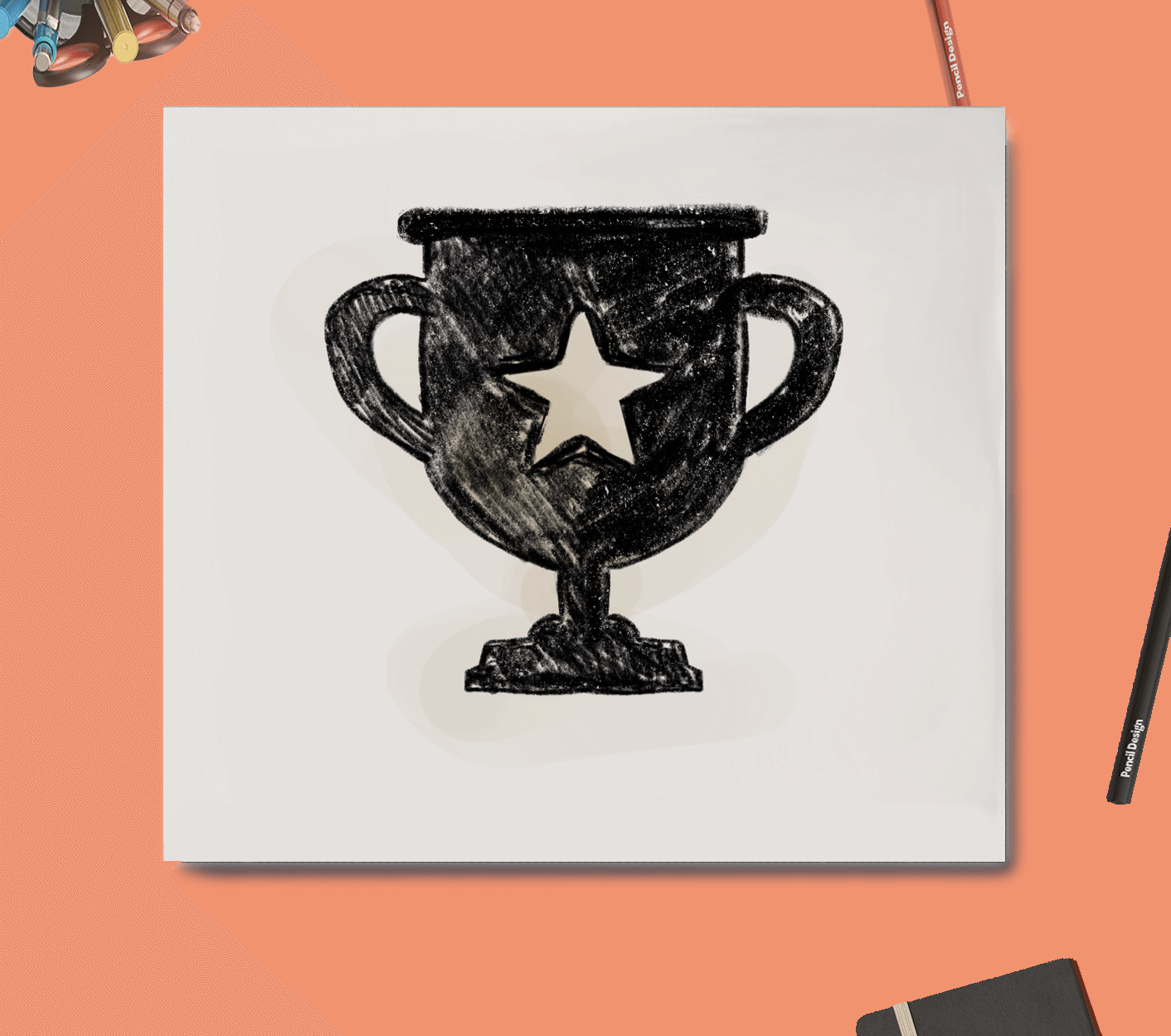
2. Unify/simplify
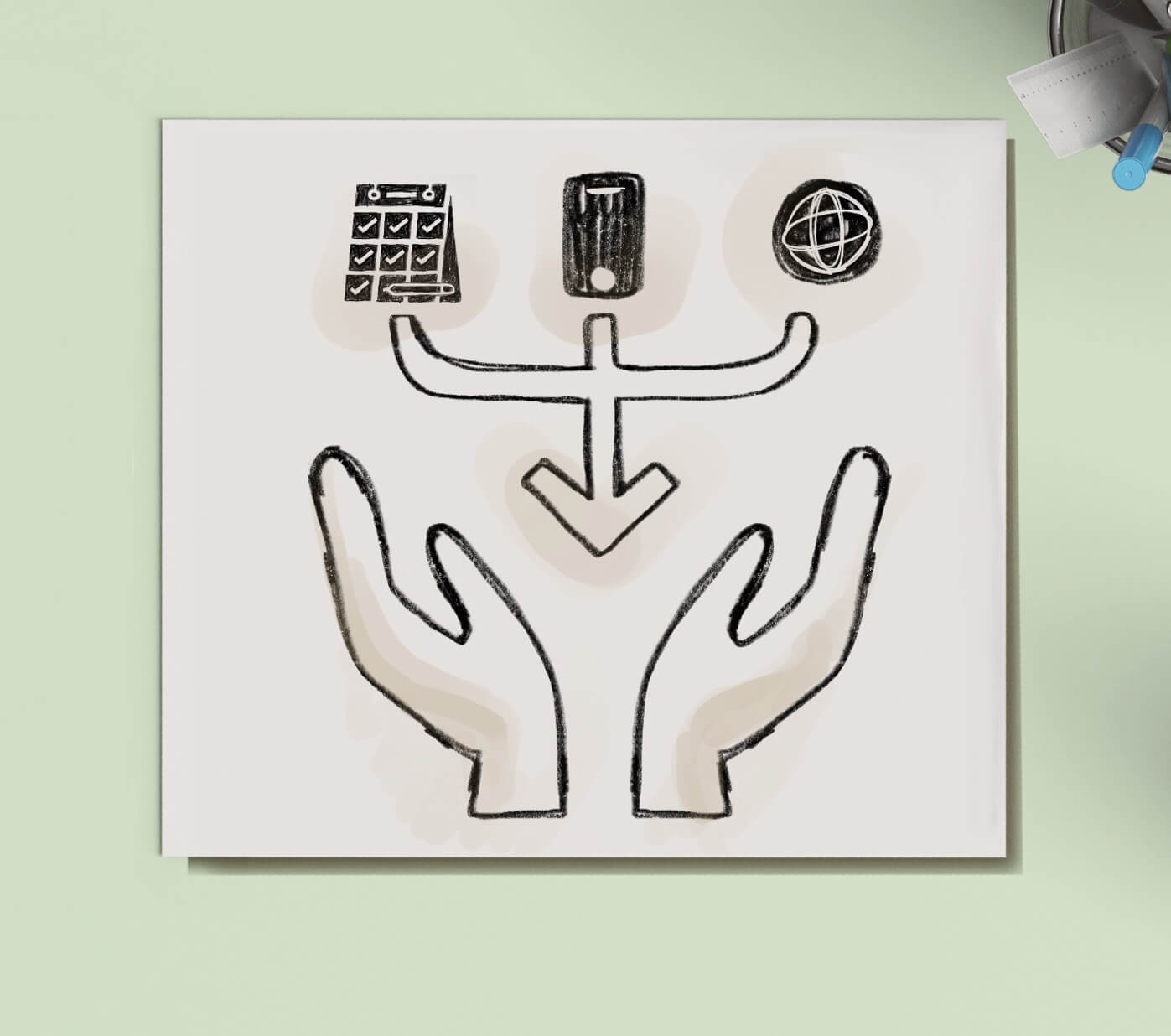
3. Fitness Tracking

1. Reward System
We hypothesized that member incentives would encourage fitness consistency, and thus effectively increase and retain satisfied members. We created a reward system that helps incentivize and motivate members to engage in physical activities while also making use of under-utilized services by offering discounts upon reaching fitness goals.
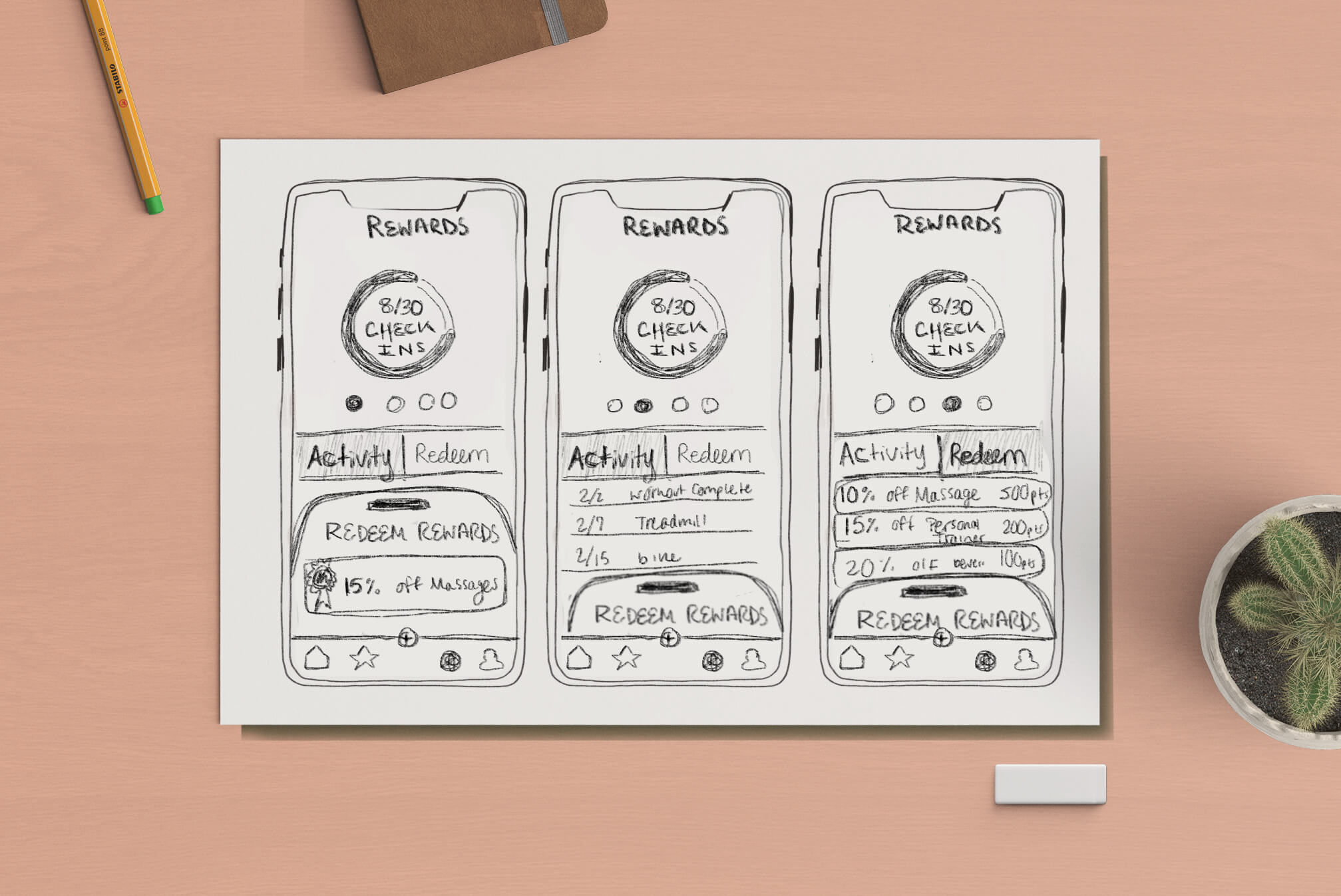
Rewardable Activities Include:
1. Utilizing additional services
This includes pool access, daycare, fitness classes, after school programs, etc...
2. Paid services
Paid services such as personal training sessions, outdoor camps, and massage therapy.
3. Consistency
Frequent and consistent attendance at one's local YMCA.
2. Unify/Simplify
The existing digital platform and a plethora of YMCA applications are fragmented and provides out-of-date information. YMCA members reported that class schedules, programs, and ever-expanding lists of services can be found at the front desk, so they are forced to inquire about information directly from YMCA employees. It's difficult for users to retrieve the information they are looking for through digital means.

When it comes to workout class schedules, we wanted to create an easily accessible digital interface for users to search and sign up for classes based on date, time, and class type. Furthermore, members will be able to earn points by taking classes, and eventually be able to redeem those points for rewards.
3. Fitness Tracking
Our users are motivated by making progress in their fitness strides. In order to show users that personal progress is being made, as well as incentivizing them to reach their goals, we designed a simple fitness tracker.
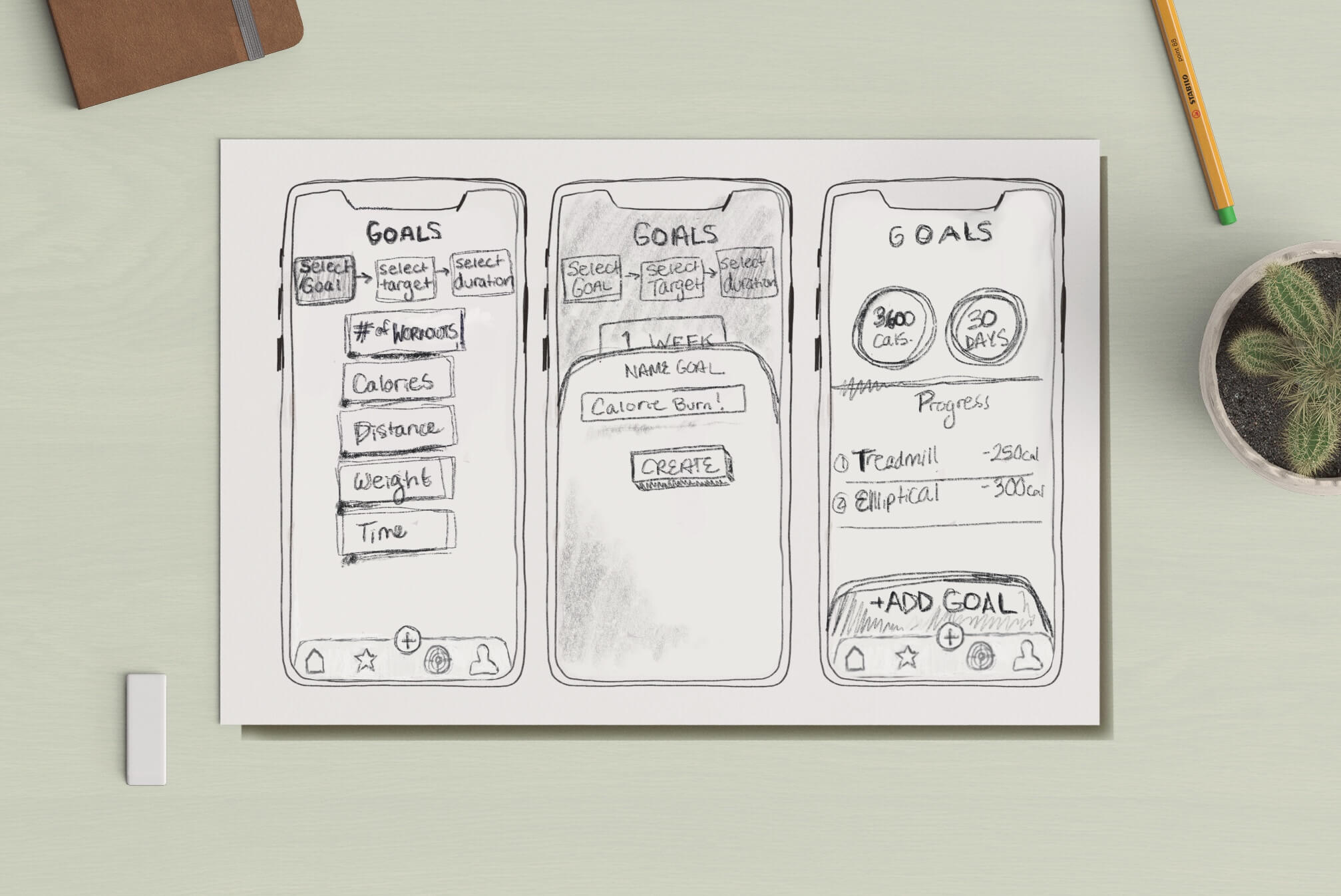
We identified elements across fitness tracking platforms that would aid in tracking each individual’s unique progress:
1. Customizable goal setting
Each user has a different set of goals, and thus different fitness components they may want to track. In order to adjust for this, we decided to create a tracking platform that could be modified according to one’s goals.

2. Cardio Capture
Instead of manually inputting quantifiable workout data presented on their cardio machine (i.e treadmill, elliptical, etc..) into their phone, the user can use the mobile device’s camera to capture exercise machine results by quickly snapshotting their machine's display screen to record their workout.
Convergence
We tested our concepts separately and with the gratifying results we received, we were ready to include them all within a singular platform. In order to streamline the integration of these concepts, we created an app map to prepare for convergence.
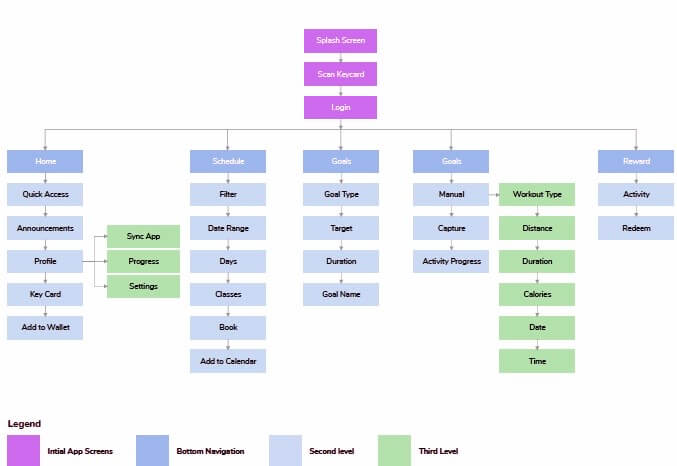
App map
Wireframes &
Usability Testing
We banged out several wireframes that engage and motivate users to pursue personal fitness goals and incentivizes them to make use of the services and amenities offered at the YMCA. The following wireframes exhibit our key concepts which include a robust reward system, a goal-setting platform, and has fitness tracking capabilities.
Reward System Wireframes
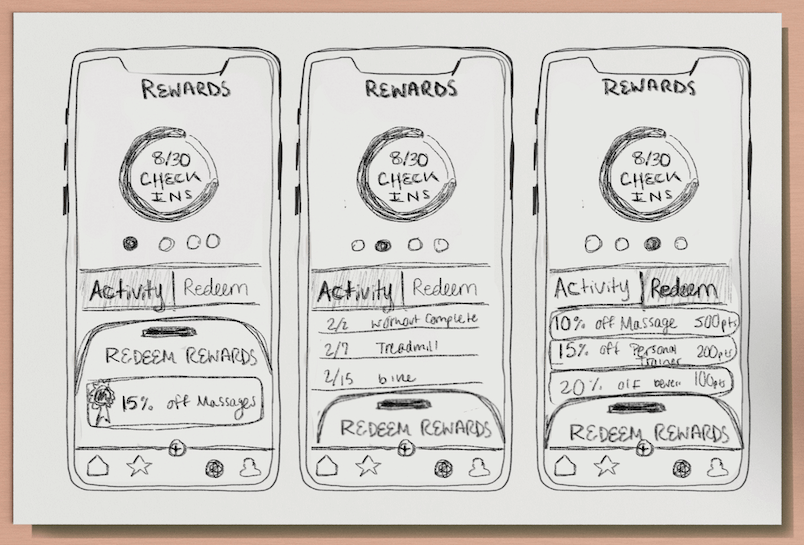
Paper Wireframes | Reward System
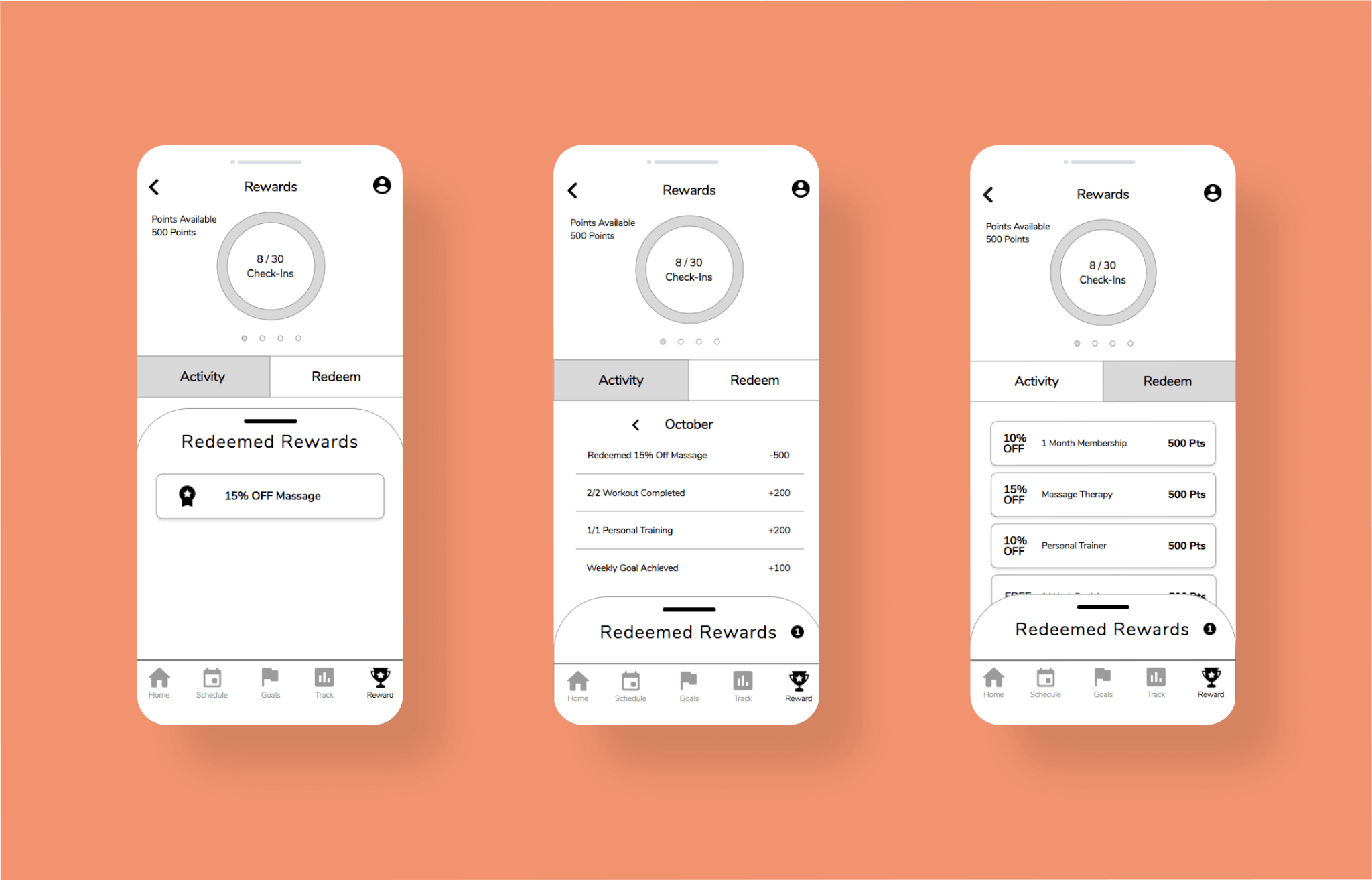
Goal Setting Wireframes
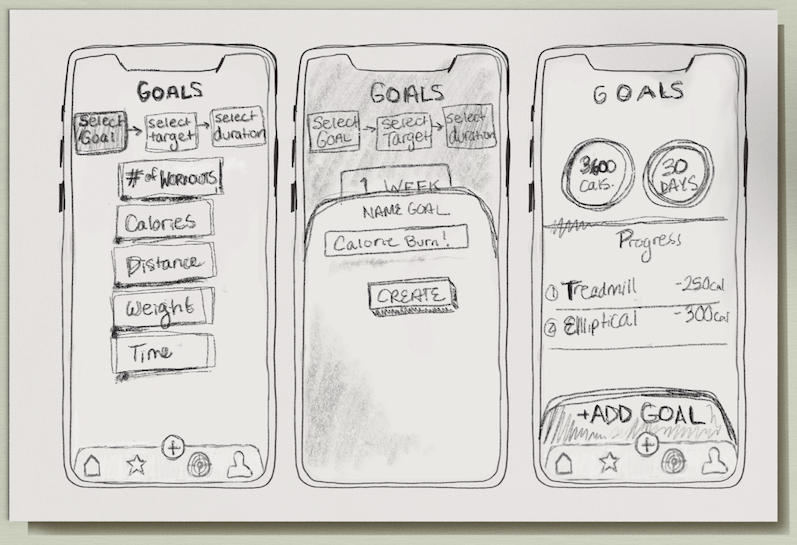
Paper Wireframes | Goal Setting
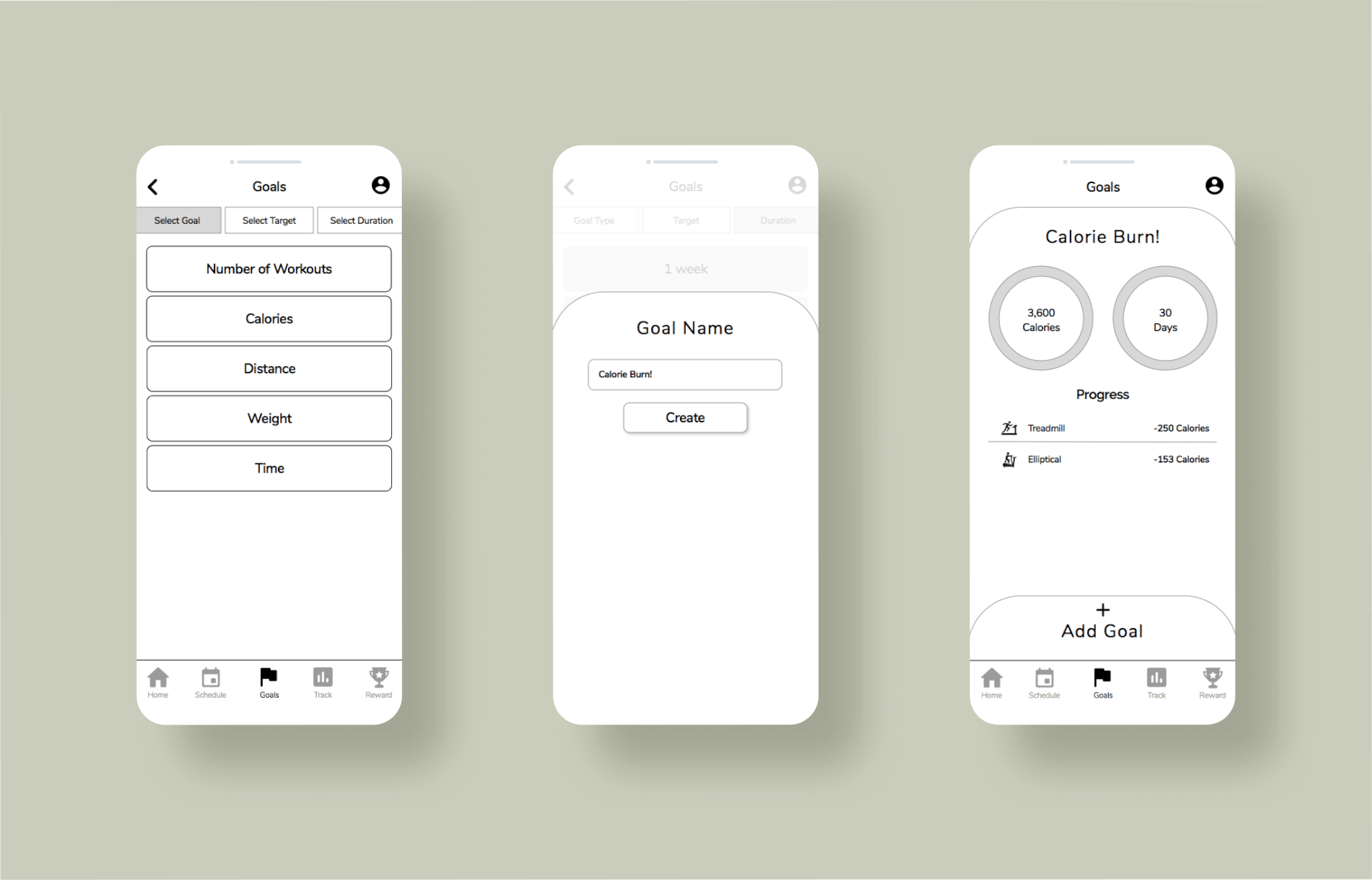
Cardio Capture Wireframes
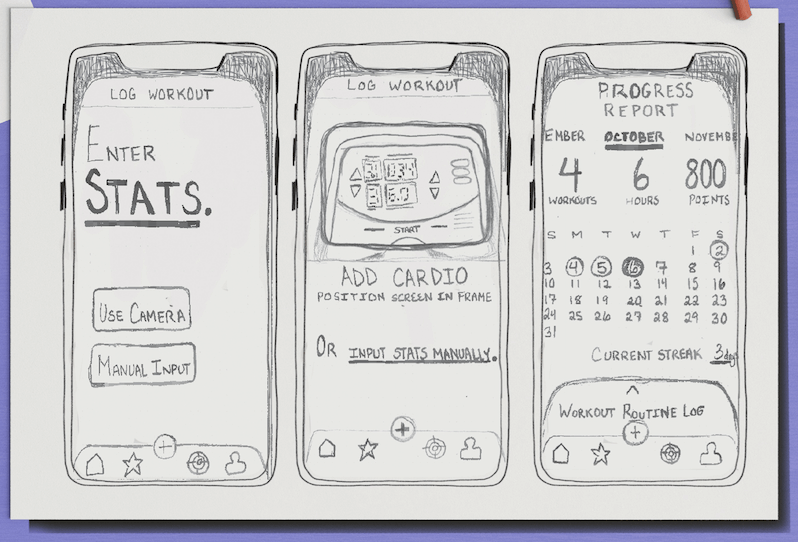
Paper Wireframes | Cardio Capture
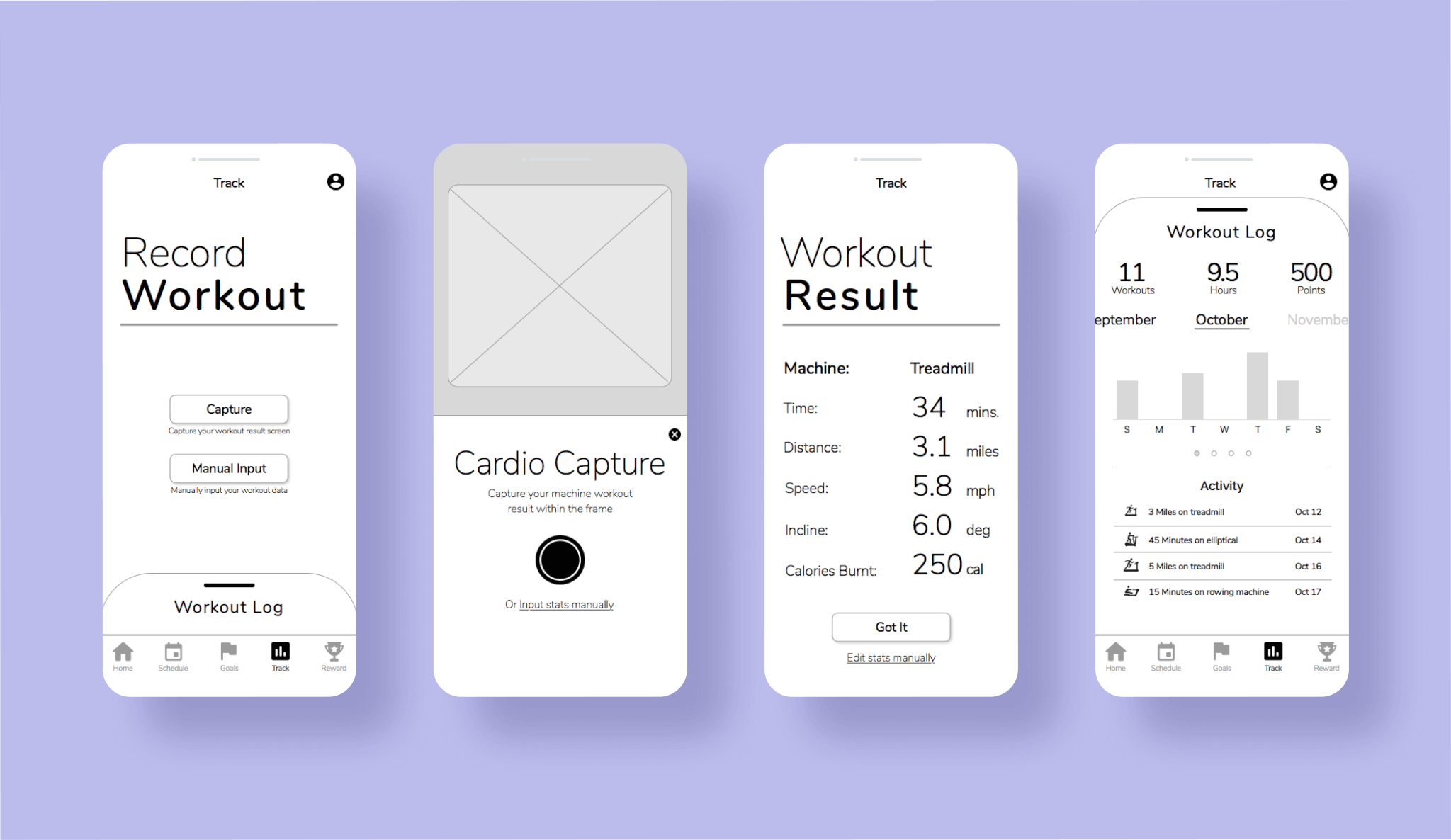
Testing Our Solution
We tested each concept separately through usability tests. We delivered our wireframed prototypes to users and presented them with tasks pertaining to the functionality of each key concept. This made it possible to monitor the user’s progression through each key concept. We wanted to validate ease of use, the user's level of motivation, and the accessibility of information. The results are as follows:
1. 75% of participants felt more motivated to workout with our app.
2. 85% of the participants stated that they understood how to access information and book classes with ease.
3. Participants indicated a 90% ease of use rating and preference towards the new information structure.
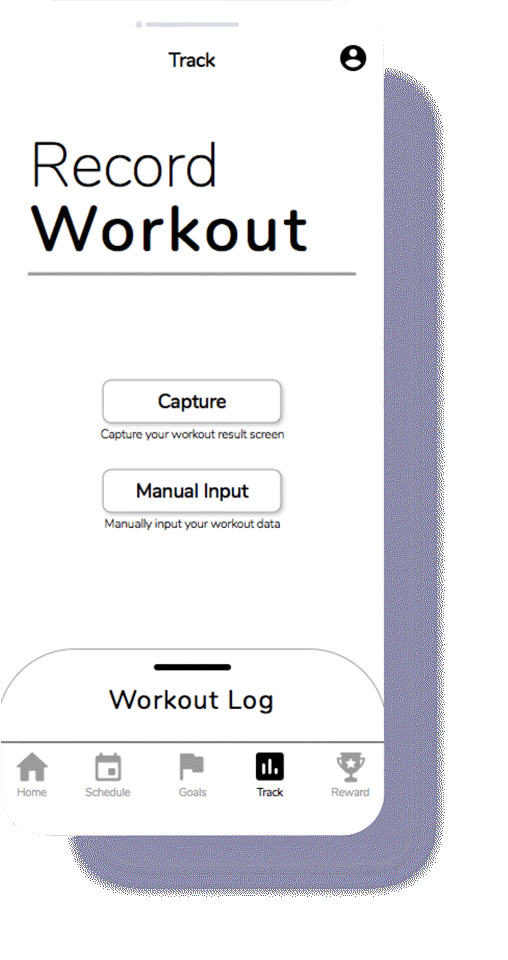
Hi-Fi Design
I was excited about the success of our solution. Although UI Design was not in our project scope, I tackled it after the project deadline. I created high-fidelity mock-ups, as well as prototypes to exemplify how we would aesthetically implement key concepts within the app.
UI & IXD
Reward System
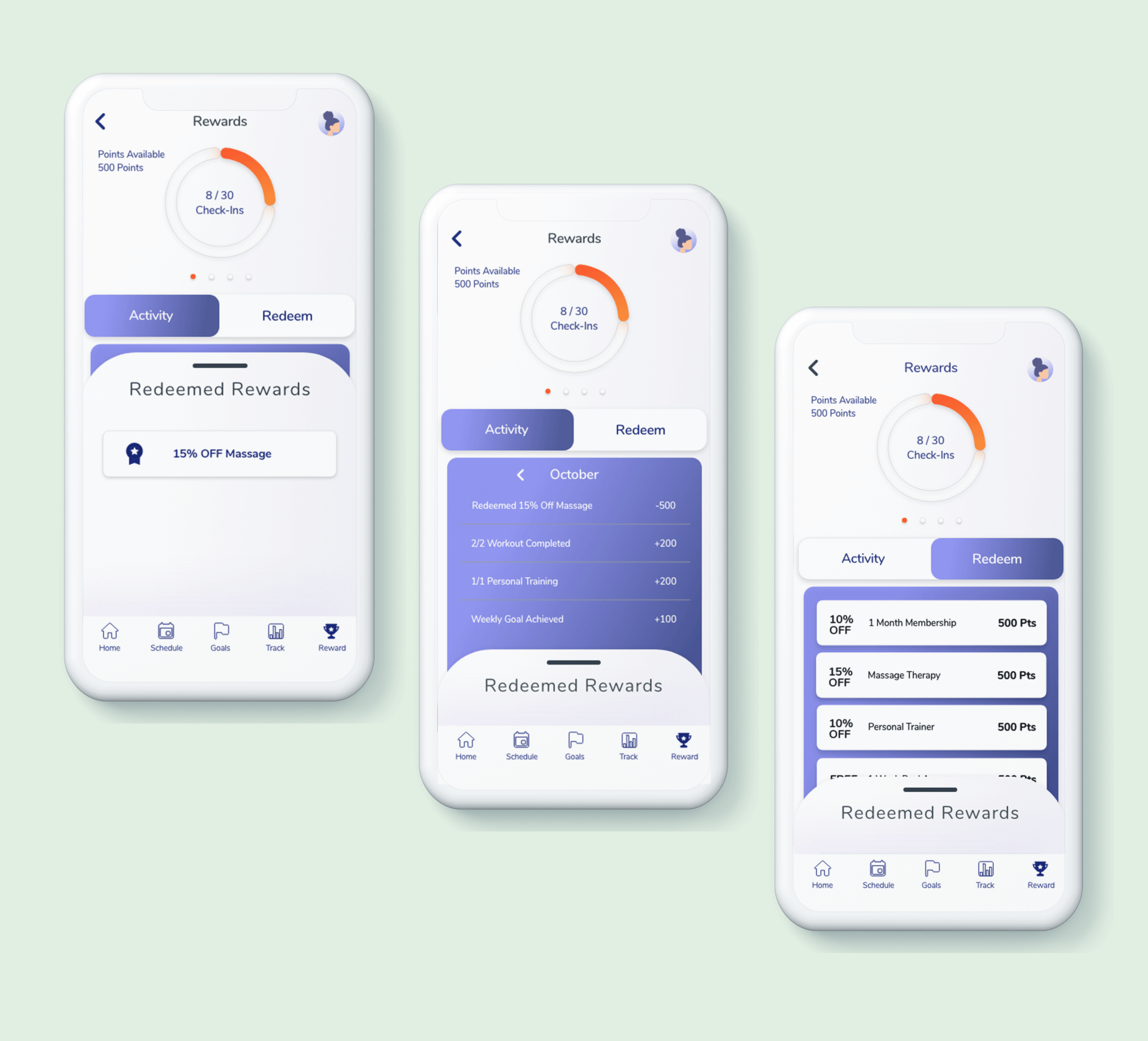
Screens: Redeemed Rewards/ Month's Activity/ Redeemable Rewards
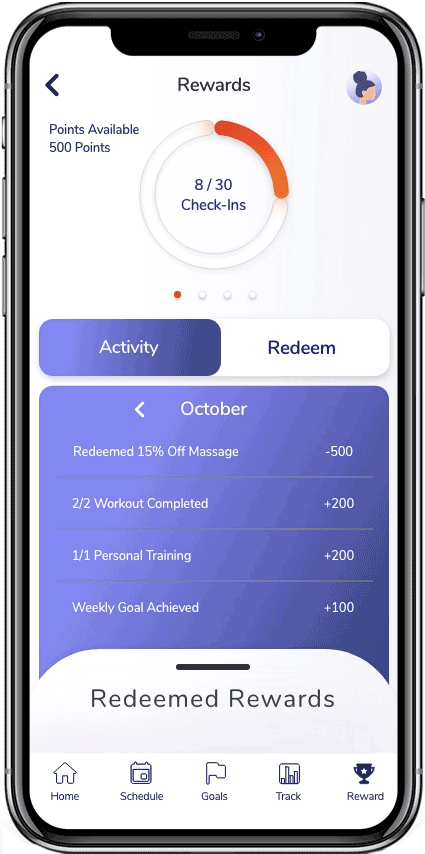
Microinteraction: Activity | Redeem
Goal Setting
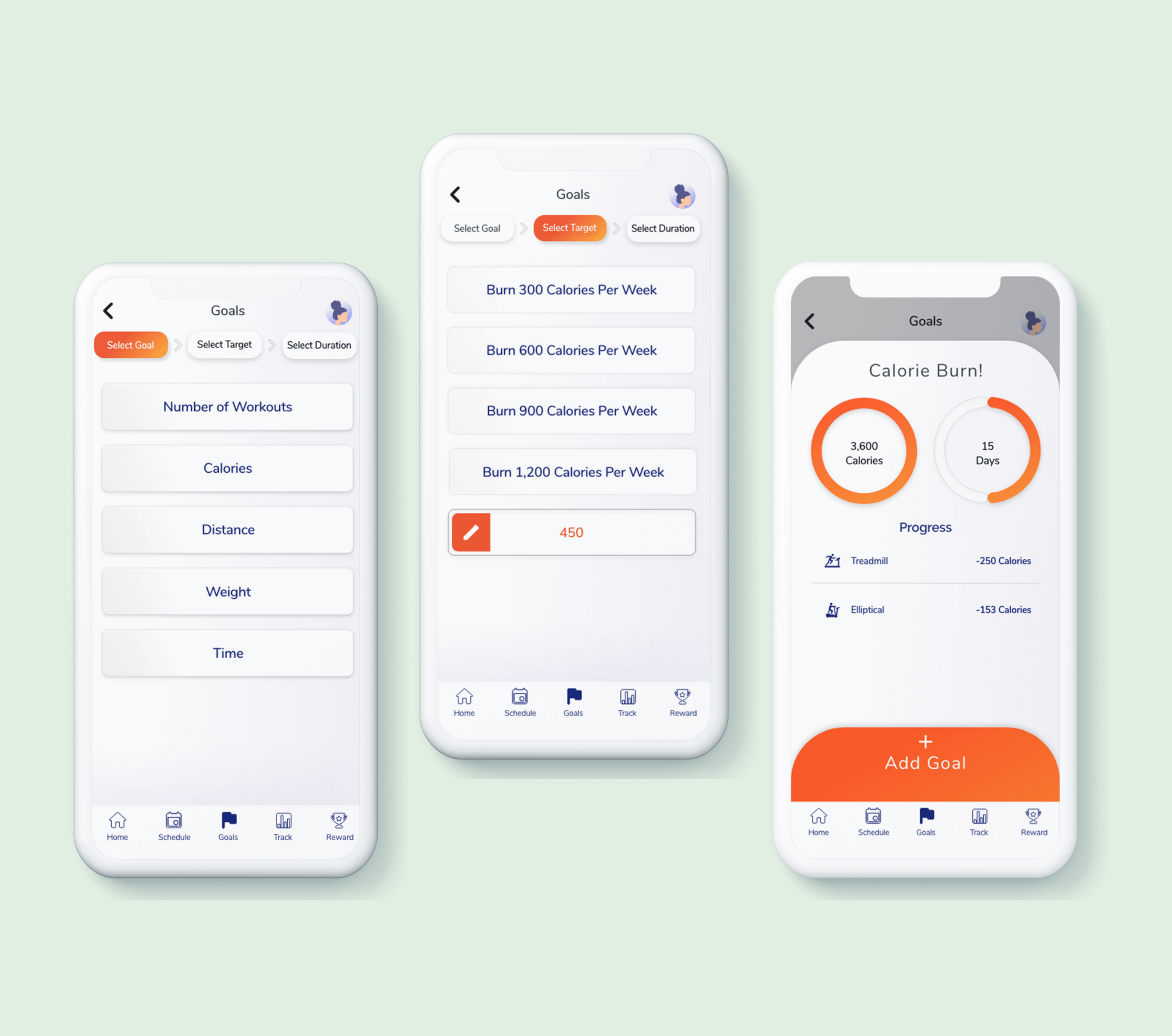
Screens: Select Goal/ Select Target/ Goal
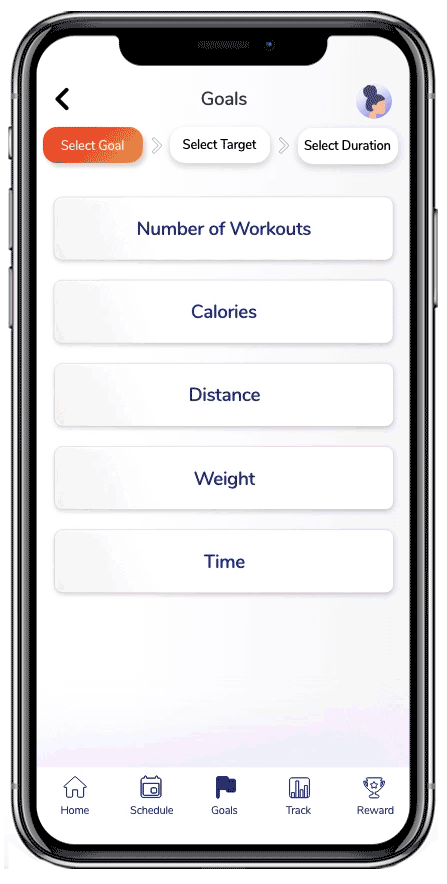
Setting a Goal
Cardio Capture

Screens: Record Workout/ Capture Cardio Screen/ Workout Result/ Workout Log
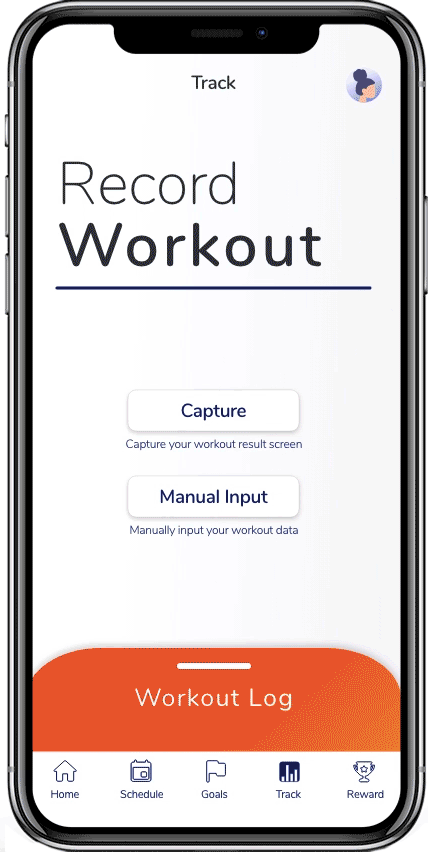
Record Workout/Cardio Capture
Success
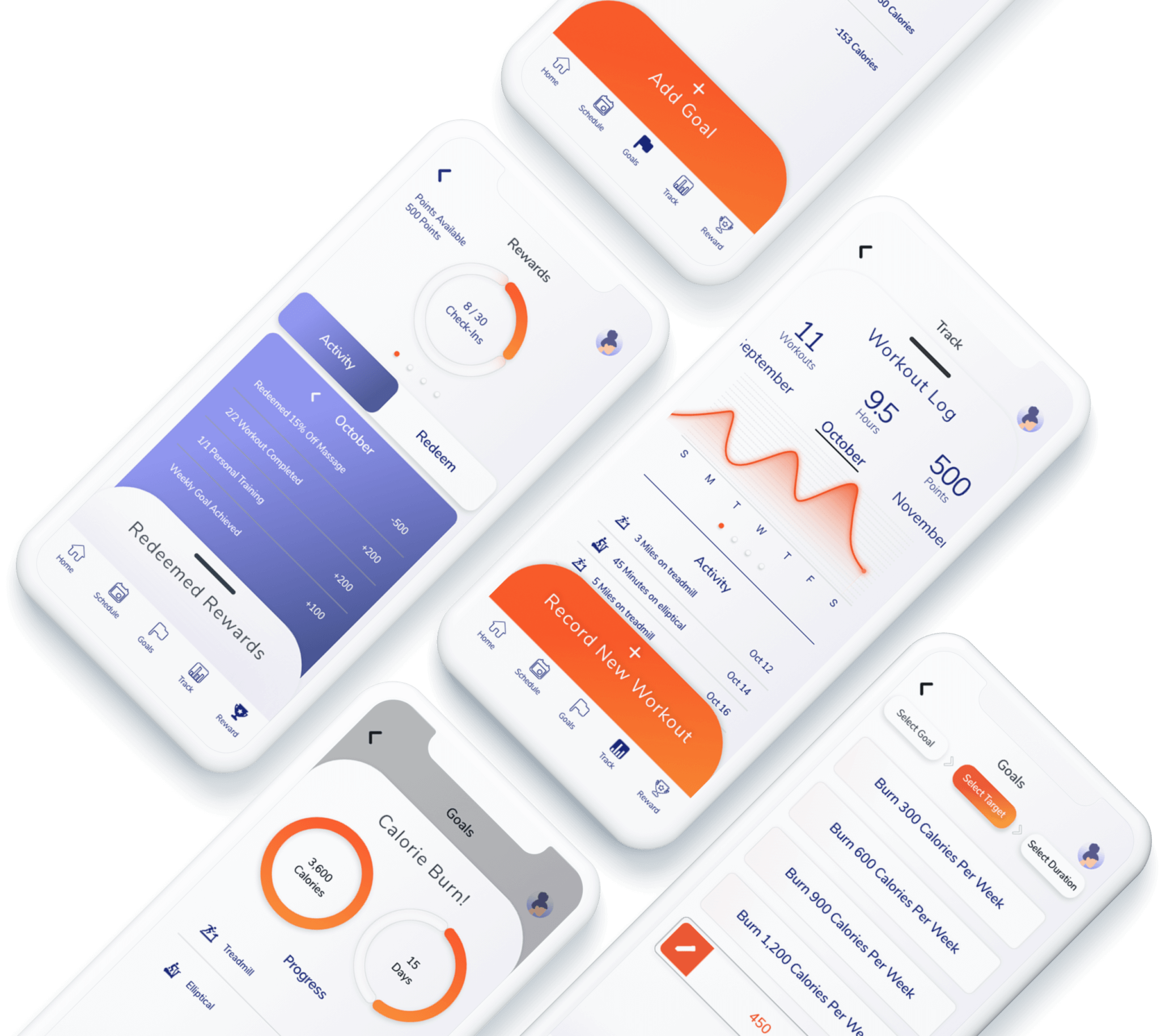
The design solution addressed our users lack of motivation and an inability to access pertinent information about their local YMCA. We did so through creating rewards, a fitness class scheduling platform, and simple progress tracking capabilities. At the same time, our solutions also inform users about opportunities and amenities within their fitness center, while also enticing its members to utilize them.
Key Takeaways
1. Get in the field: When exploring a new market, don't be shy to dive in. In order to understand fitness behavior patterns, we had to observe people in their natural fitness environment to understand where improvements could be made.
2. Test concepts separately: To understand where downfalls in our concepts lie, we couldn't bombard users with entire prototypes. Instead, we broke our usability tests into separate tasks so that we could receive detailed user feedback without users being overwhelmed by the time and complexity of tasks.
3. Maybe workout: Everyone's doing it. We observed and interviewed people old, young, big, and small. Cardiovascular health doesn't discriminate between demographic, wealth, or age; there is no time like the present to begin improving it!



